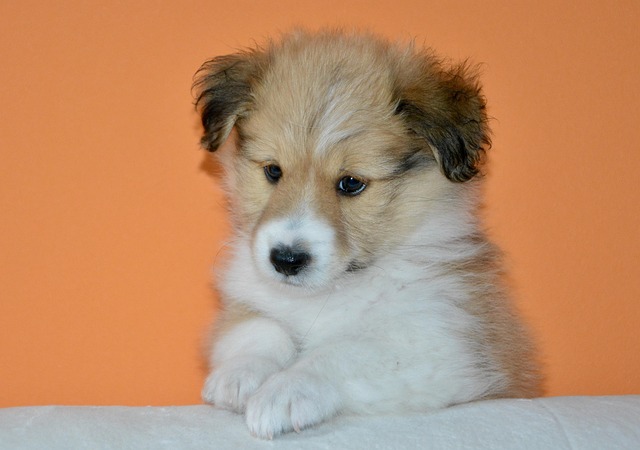
How can I tell if my dog's heatstroke is serious
Let’s be real: It’s a sticky August morning in Los Angeles, and you took your 2-year-old Golden Retriever, Max, for a walk a little later than usual
Two-month-old puppies are like little balls of energy, and playtime is more than just fun—it’s how they learn about the world. Toys can be great for them, but you have to pick the right ones. Think soft, small, and easy to chew without any parts that could come loose. Those tiny teeth are sharp, but their jaws aren’t strong yet, so avoid anything hard or brittle.
Watching them pounce on a stuffed toy or bat at a lightweight rope can be adorable, but safety always comes first. In many places across Europe and North America, there are guidelines about pet products, so check that any toy you buy meets local safety standards. It’s not just about following rules—those standards exist to keep your puppy from choking or getting hurt.
Play also helps with their development. A toy that squeaks softly might teach them cause and effect, while a gentle tug toy can encourage coordination. Just keep sessions short—puppies this age tire quickly, and overdoing it can make them cranky. You’ll notice when they’ve had enough; they’ll start to nibble less and nap more.
 Some owners worry about toys making puppies aggressive, but that’s rarely the case. It’s more about how you interact. If you use a toy to play gently, it builds trust. Avoid roughhousing that gets them too excited, especially with breeds that tend to be more energetic. Local training groups often recommend using play as a way to bond, not just burn off energy.
Some owners worry about toys making puppies aggressive, but that’s rarely the case. It’s more about how you interact. If you use a toy to play gently, it builds trust. Avoid roughhousing that gets them too excited, especially with breeds that tend to be more energetic. Local training groups often recommend using play as a way to bond, not just burn off energy.
Cleaning the toys matters too. Puppies explore with their mouths, so germs on a dirty toy can make them sick. A quick wash with mild soap works for most soft toys. And rotate a few options—puppies get bored easily, and a new toy every few days keeps their curiosity alive.
Remember, every puppy is different. Some might love chasing a small rubber ball, while others prefer snuggling with a plush toy. Watch what gets their tail wagging and go with that. And if you’re unsure about a toy’s safety, ask your vet—they’ll know what’s best for your puppy’s size and breed.
At the end of the day, toys are a simple joy for your new companion. They turn a quiet afternoon into a adventure, help with teething, and let you laugh at their silly antics. Just stay mindful of those local regulations and keep an eye on them during play. That way, both you and your puppy get the most out of every wobbly step and playful bite.

Let’s be real: It’s a sticky August morning in Los Angeles, and you took your 2-year-old Golden Retriever, Max, for a walk a little later than usual

You're enjoying a summer afternoon at the park when you notice your dog has stopped panting and appears disoriented - their gums are bright red

Let’s paint the picture: You’re in your Denver apartment, watching your 4-year-old Boston Terrier, Ruby, plop down mid-play session with her favorite toy

Many dog owners notice their pets nails seem shorter after regular walks,but how much does this daily activity actually help?The answer depends on where you walk—concrete sidewalks or asphalt streets gently file nails as a dog's paws hit the ground

Most dog owners notice their pup scooting across the carpet at some point, but few connect it to impacted anal glands. These small sacs near a dog’s rectum secrete a scent for marking territory

Most vets agree that regular dog teeth cleaning is key to avoiding painful dental issues later. For healthy adult dogs, a professional cleaning at the vet’s office every 12 to 18 months usually works well.